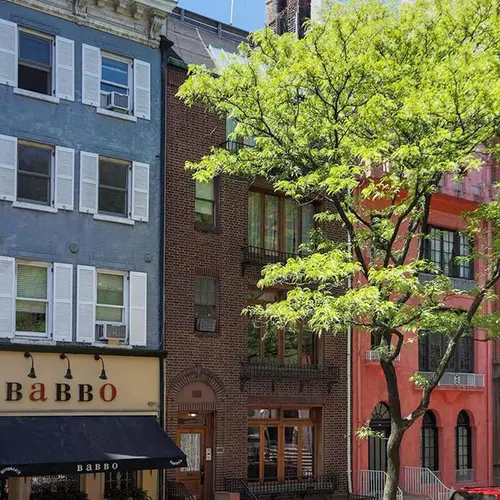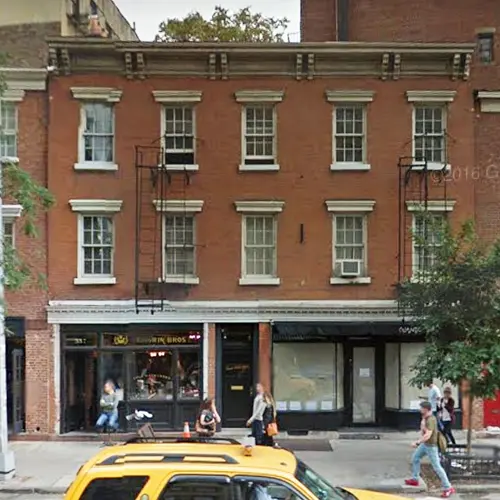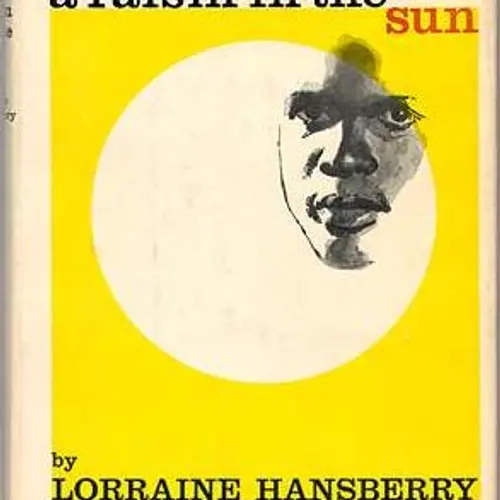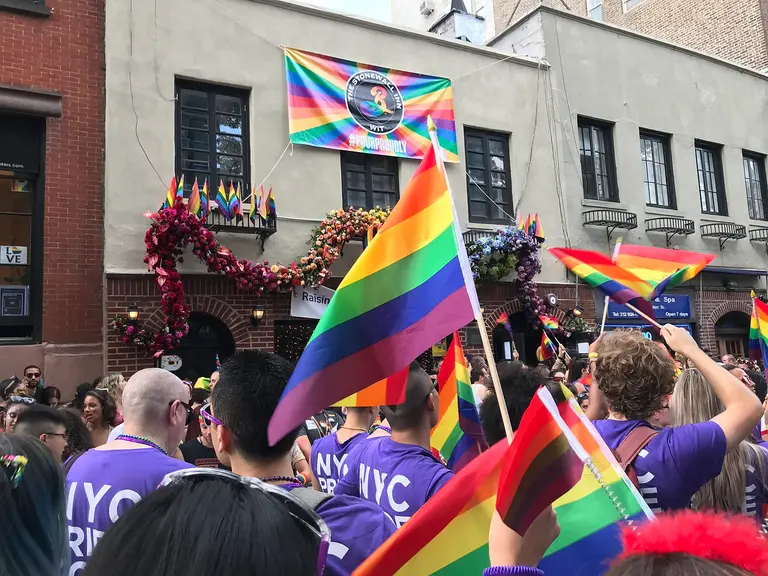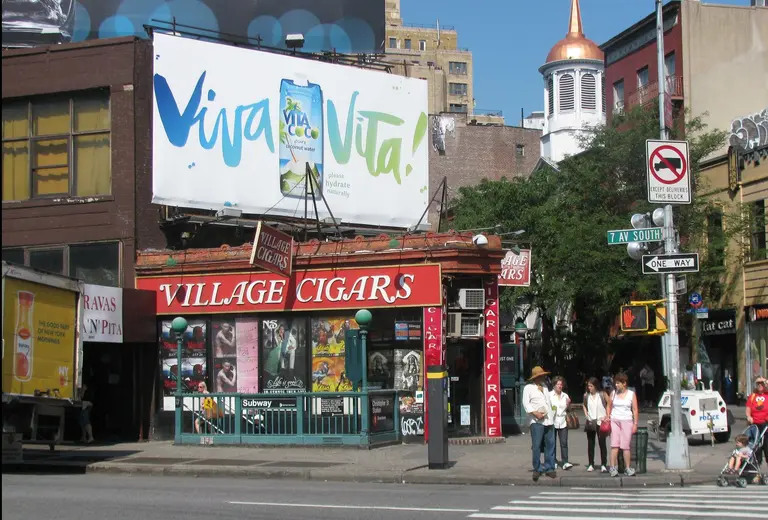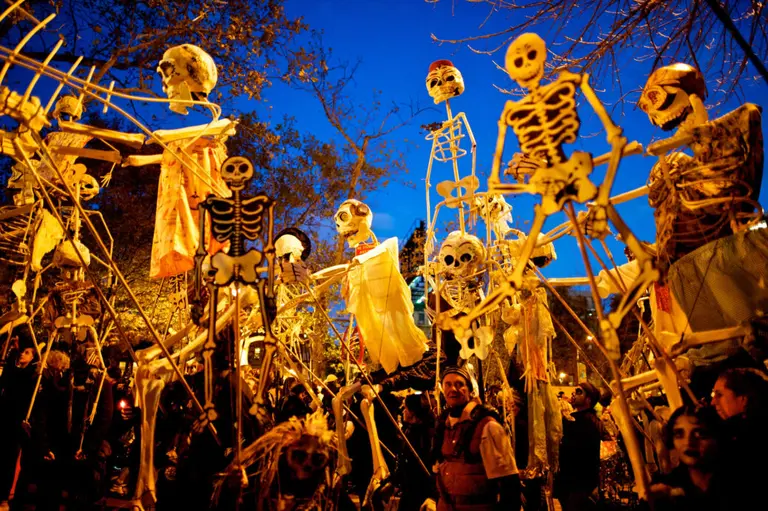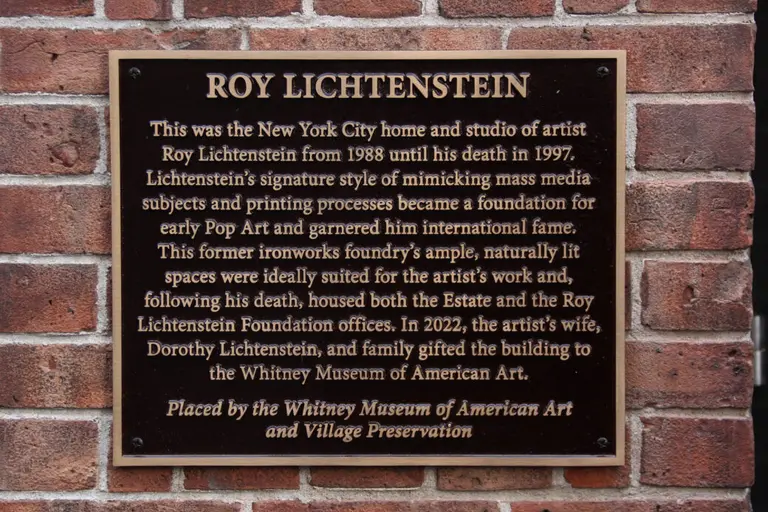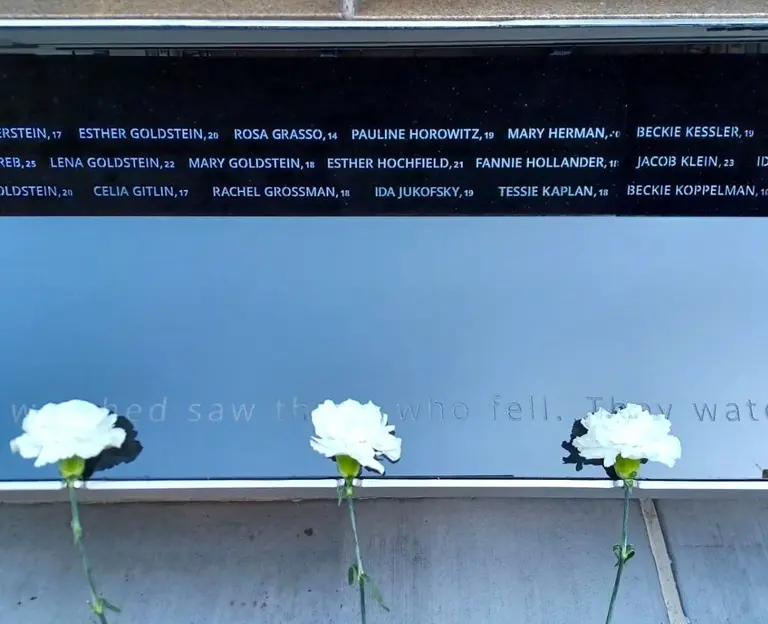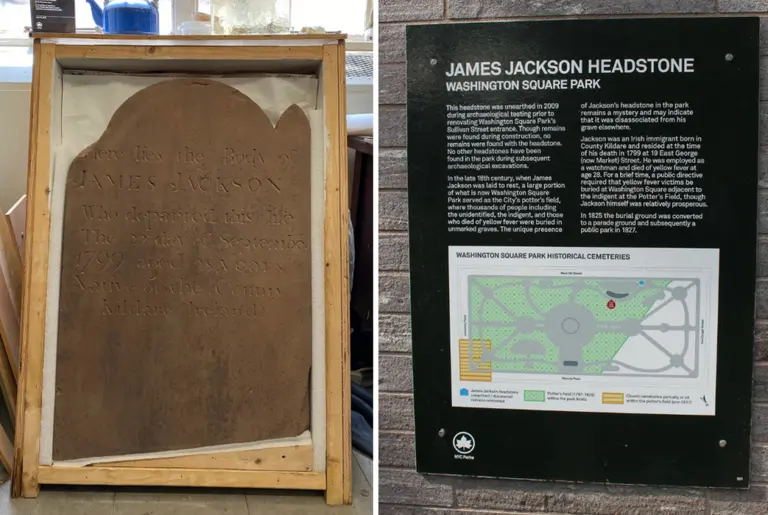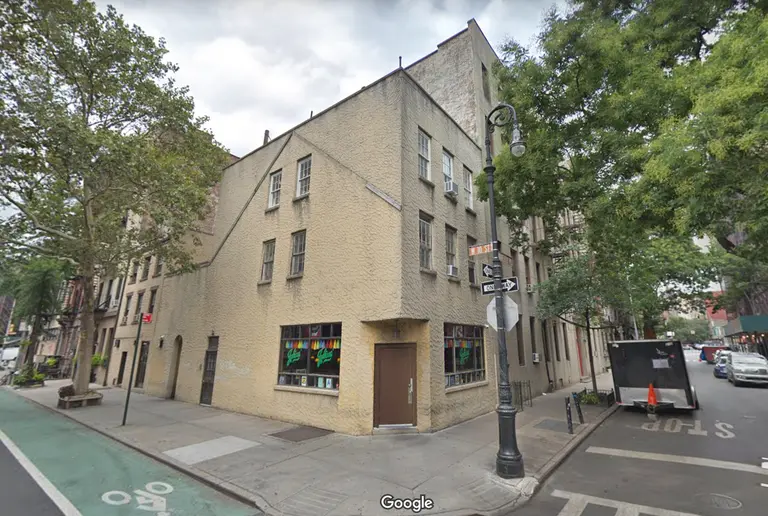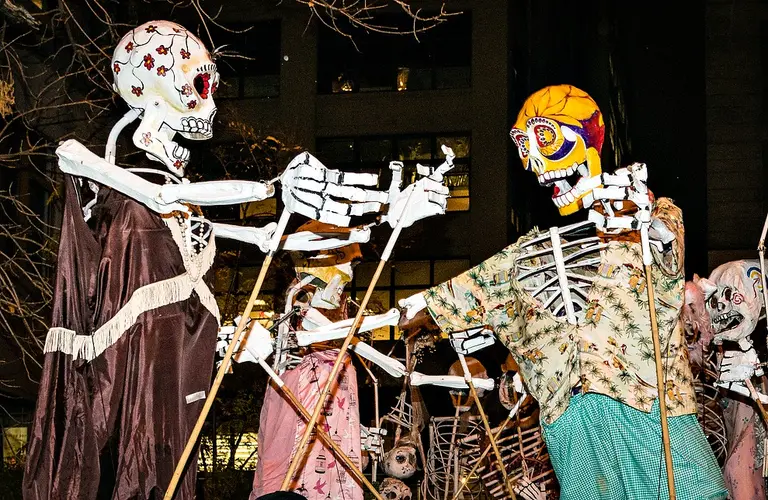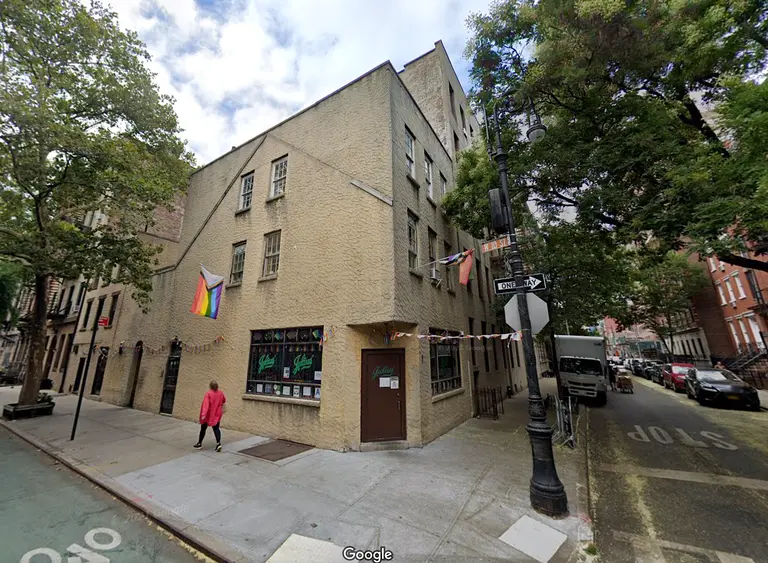Lorraine Hansberry’s Greenwich Village: From ‘A Raisin in the Sun’ to civil rights
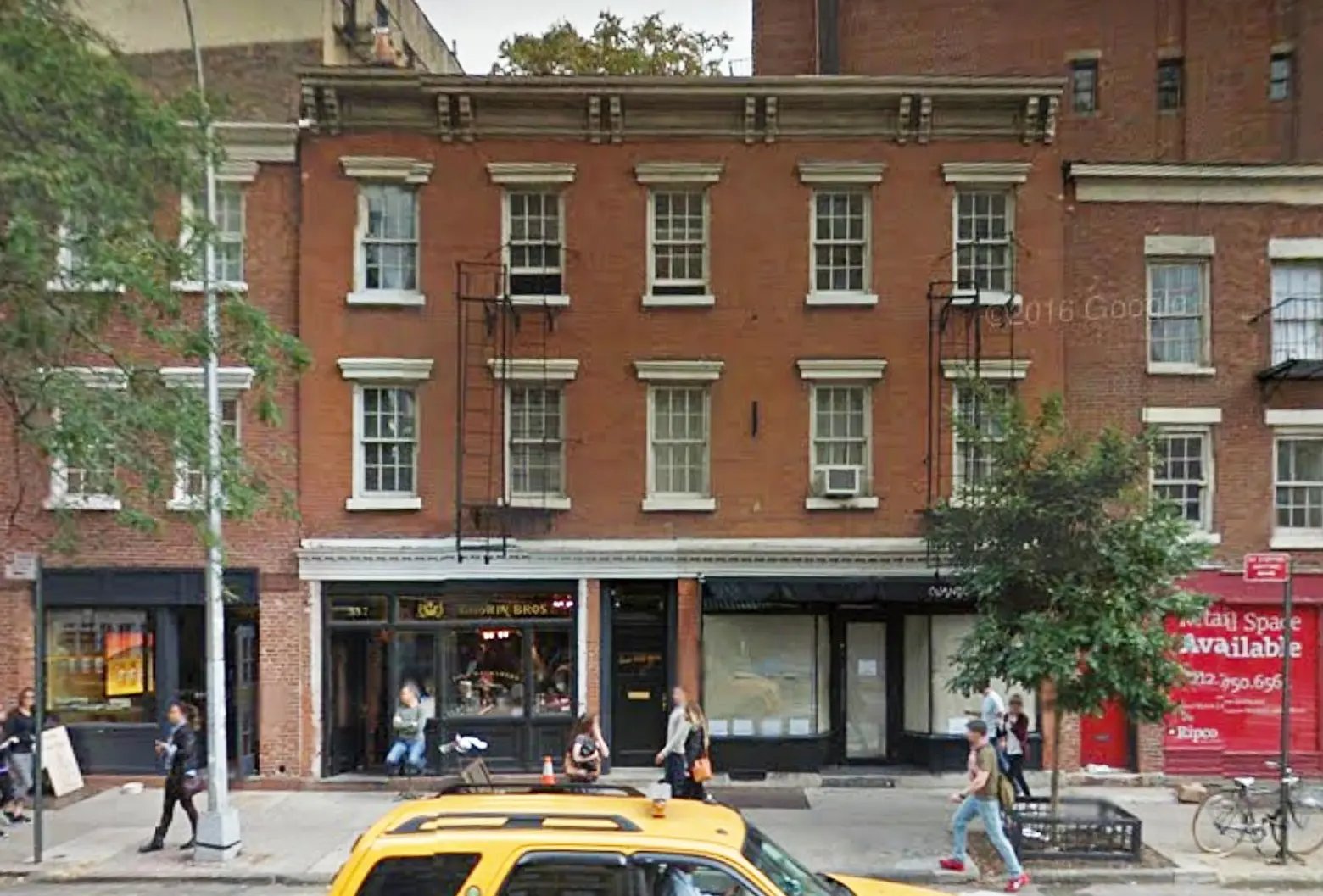
Google Street View of 337 Bleecker Street
Lorraine Hansberry, the trailblazing playwright, activist, and Nina Simone song inspiration was perhaps most closely associated with Chicago. But in fact she lived, went to school, and spent much of her life in Greenwich Village, even writing her best known play “A Raisin in the Sun” while living on Bleecker Street. And shortly a historic plaque will mark the site of her home on Waverly Place.
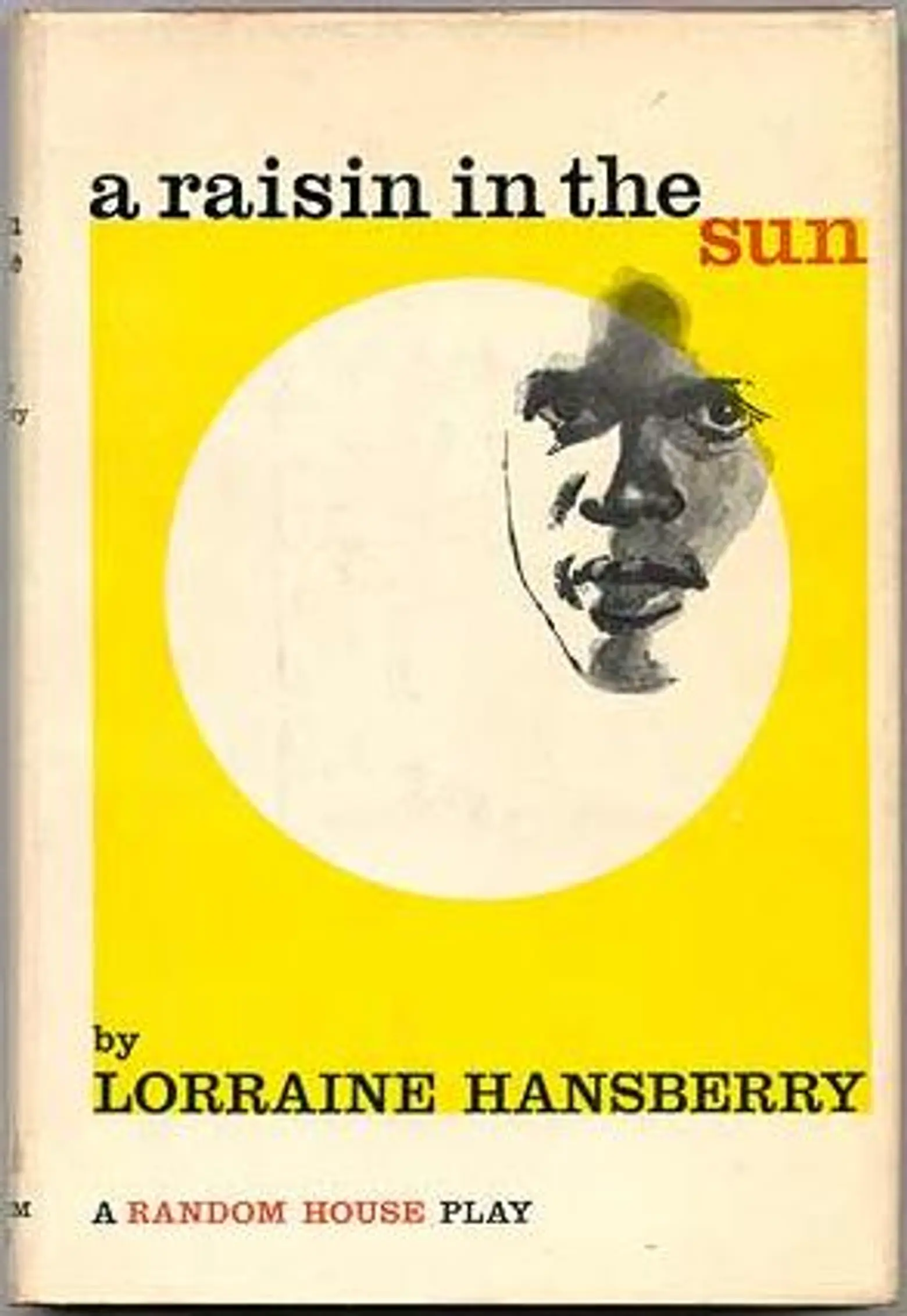 Front cover of the first edition of “A Raisin in the Sun,” via Wiki Commons
Front cover of the first edition of “A Raisin in the Sun,” via Wiki Commons
Hansberry grew up on the segregated South Side of Chicago, the challenges of which she so memorably brought to life in her play “A Raisin In the Sun,” the first play written by a black woman to be performed on Broadway, for which Hansberry became the youngest American and only the fifth woman to receive the New York Drama Circle Critic’s Award for Best Play.
Hansberry attended the University of Wisconsin–Madison but in 1950 left Madison to pursue her career as a writer in New York City. She moved to Harlem in 1951 and became involved in local activist struggles such as the fight against evictions while attending The New School in Greenwich Village. Around this time, she also joined the staff of the black newspaper Freedom, edited by Louis E. Burnham and published by Paul Robeson. There she also worked with W. E. B. Du Bois.

In 1953, she married Robert Nemiroff, and they moved to Greenwich Village, renting an apartment at 337 Bleecker Street. It was during this period that she wrote “A Raisin in The Sun.”
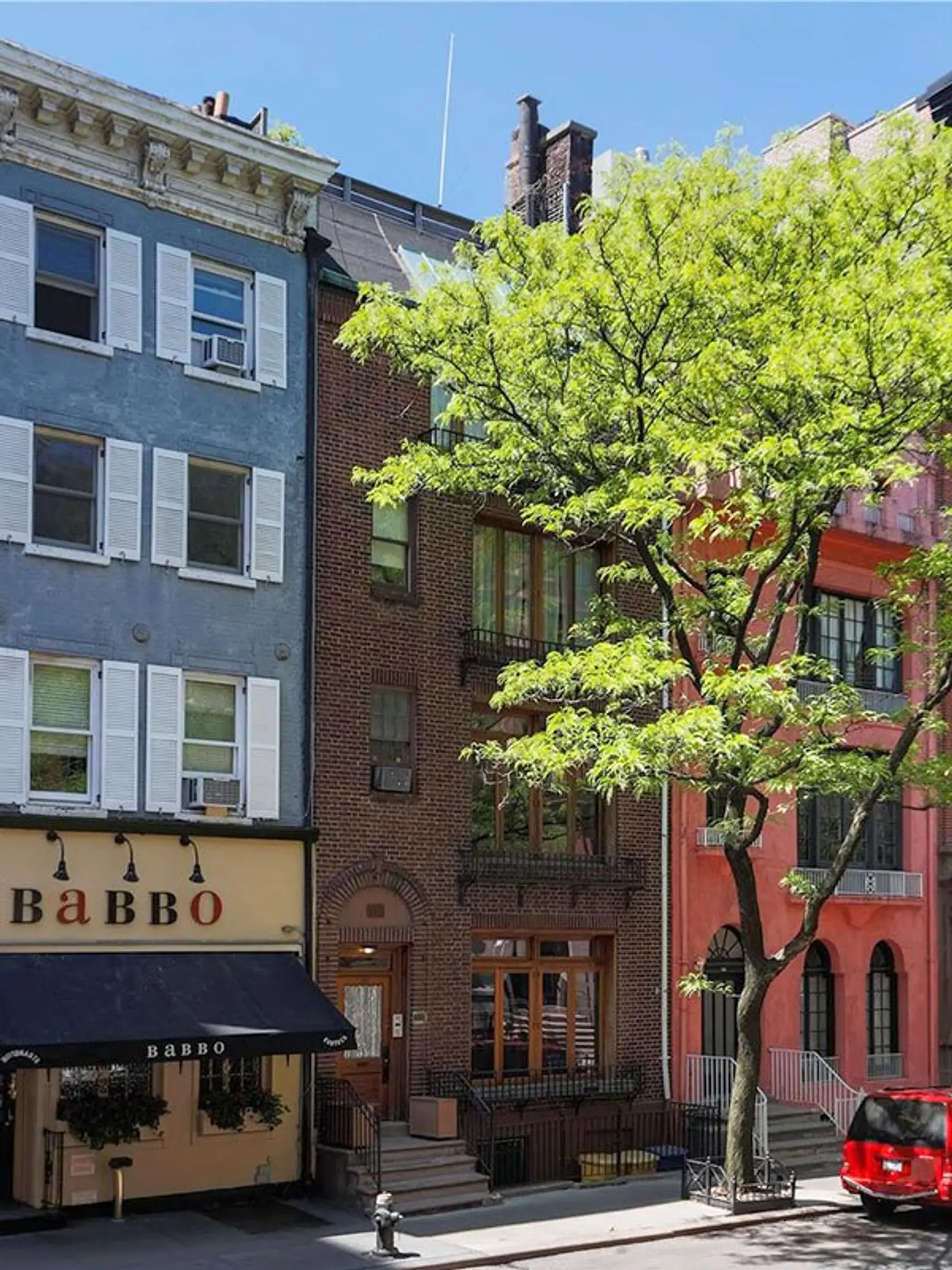 112 Waverly Place, via CityRealty
112 Waverly Place, via CityRealty
In 1960, using the profits from Raisin, which was released a year earlier and turned into a major motion picture that year starring Sidney Poitier and Ruby Dee, she purchased the house at 112 Waverly Place, just west of Washington Square. The house was built in 1826 and altered with the brick façade visible today sometime in the 1920s. Prior to Hansberry, Ashcan School painter Everett Shin lived there and transformed the rear courtyard and carriage house into a playhouse where he designed sets and staged performances. Later, in the 1990s, model Kate Moss lived there while dating the actor Johnny Depp.
Hansberry remained an outspoken civil rights advocate while living at 112 Waverly Place; during this time she was the co-chair of the NAACP Life Membership Committee and worked to establish an NAACP branch in Greenwich Village. In 1963 she participated in the historic meeting between civil rights activists and Attorney General Robert F. Kennedy to discuss race relations in the United States, along with her friend and fellow writer, activist, and Greenwich Village resident James Baldwin. In 1964 at Town Hall on West 43rd Street, she gave a much-discussed speech called “The Black Revolution and the White Backlash.”
Less publicly, Hansberry was furtively involved in the struggle for lesbian rights. In 1957, she and Nemiroff had quietly separated. Around that time she had several letters published anonymously in the magazine “The Ladder” discussing her struggles as a closeted lesbian, and joined the early homophile group the Daughters of Bilitis. Starting in 1960, she was involved in a relationship with Dorothy Secules, who also lived at 112 Waverly Place.
Sadly, Hansberry died of pancreatic cancer in 1965 at the age of just 34, while still living at 112 Waverly Place. She and Nemiroff did not officially divorce until 1964, they remained close until her death, and he was the executor of her estate. An activist to the very end, James Baldwin said of Hansberry “it is not at all farfetched to suspect that what she saw contributed to the strain which killed her, for the effort to which Lorraine was dedicated is more than enough to kill a man,” referring to the various civil rights and social justice struggles with which Hansberry was engaged. Her funeral was held in Harlem on January 15, 1965, at which Paul Robeson and Student Non-Violent Coordinating Committee (SNCC) organizer James Forman gave eulogies. In 1970, Nina Simone released the song “To Be Young, Gifted, and Black,” which was about her friend, Lorraine Hansberry.
On October 16th at 5pm, the Greenwich Village Society for Historic Preservation and the Historic Landmarks Preservation Center will be placing a plaque on 112 Waverly Place marking it as Hansberry’s home. All are welcome to attend, but RSVPs are requested here. You can find out more about the dozen other historic plaques placed in Greenwich Village and the East Village by GVSHP here.
[This post first appeared on GVSHP’s blog Off the Grid on May 19, 2015]
+++
This post comes from the Greenwich Village Society for Historic Preservation. Since 1980, GVSHP has been the community’s leading advocate for preserving the cultural and architectural heritage of Greenwich Village, the East Village, and Noho, working to prevent inappropriate development, expand landmark protection, and create programming for adults and children that promotes these neighborhoods’ unique historic features. Read more history pieces on their blog Off the Grid.
RELATED:

